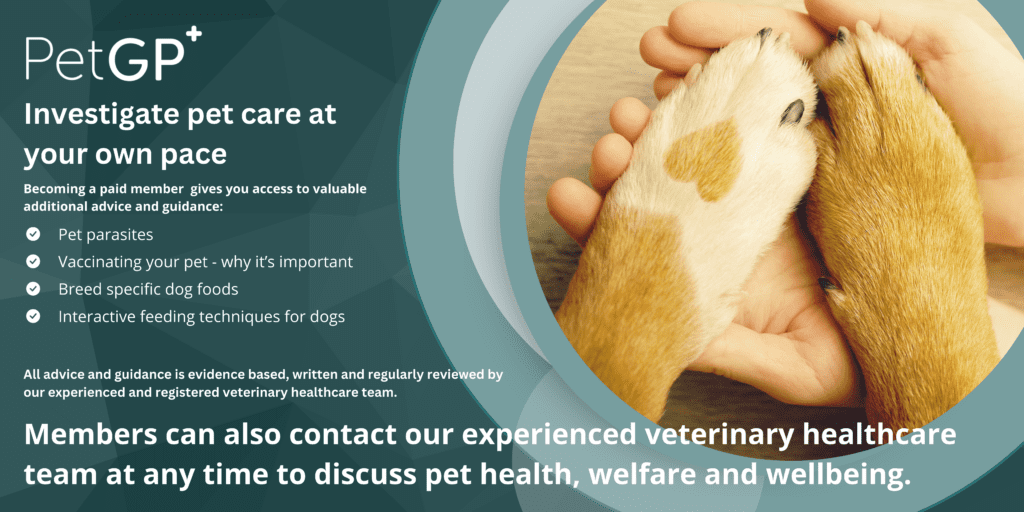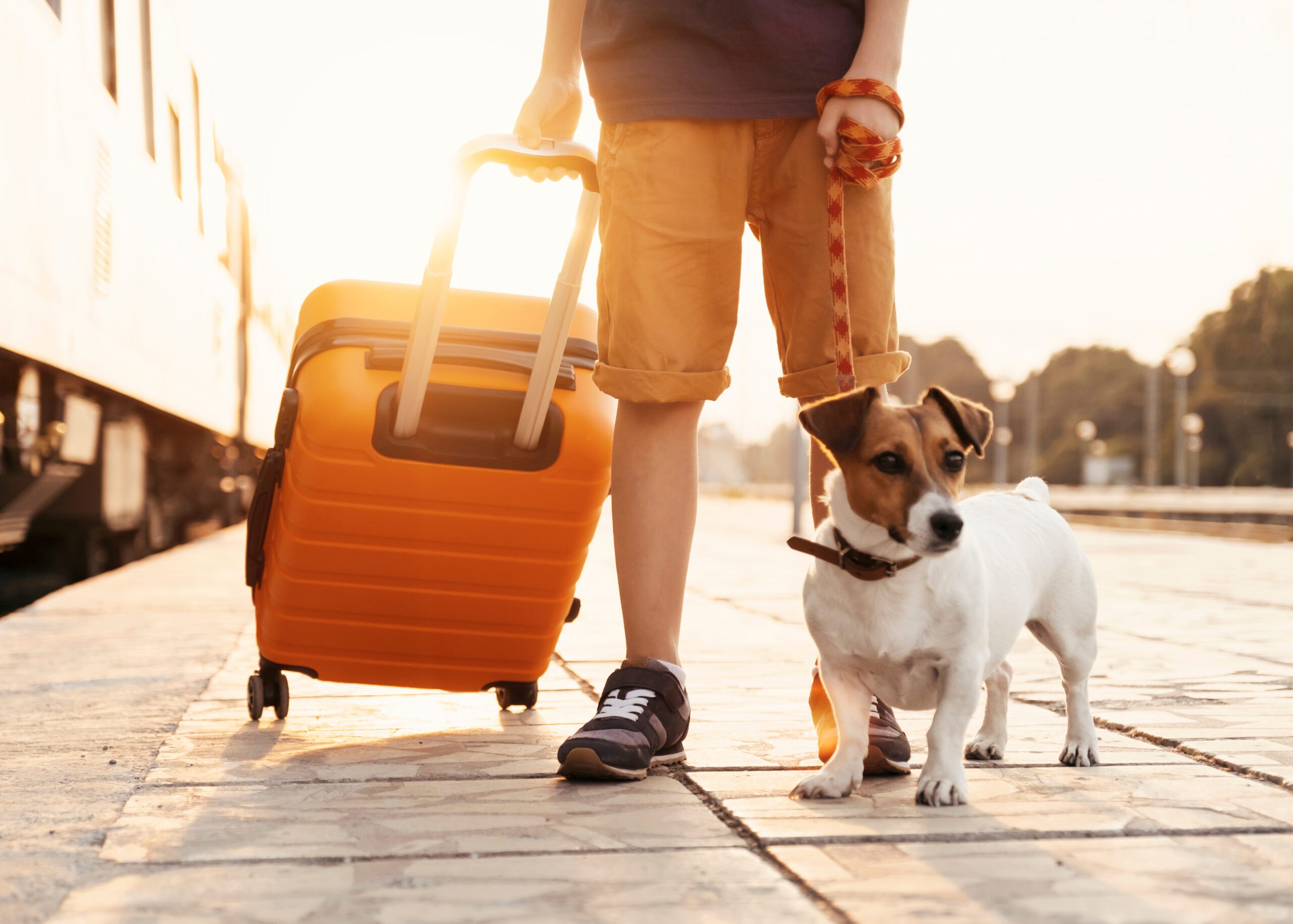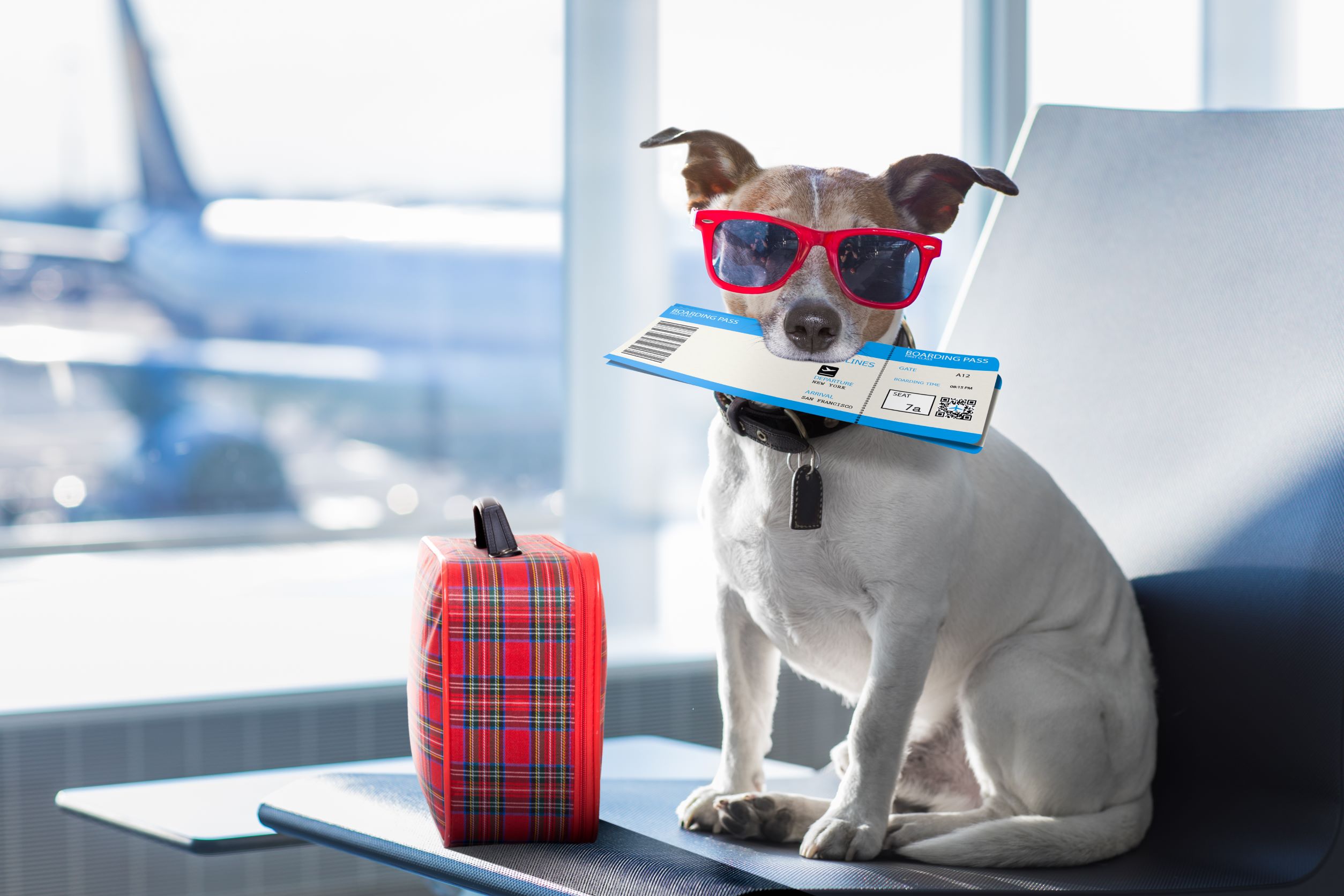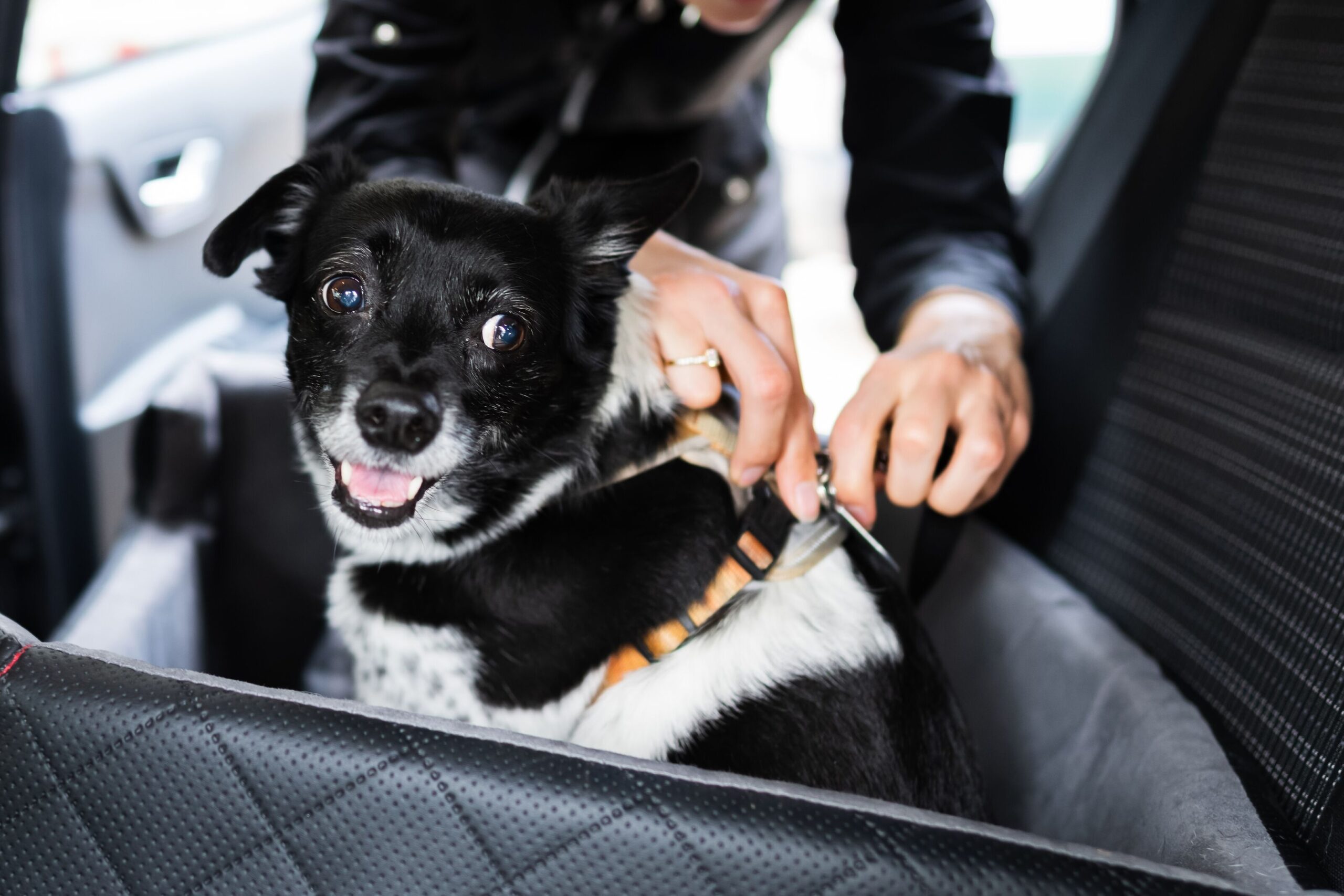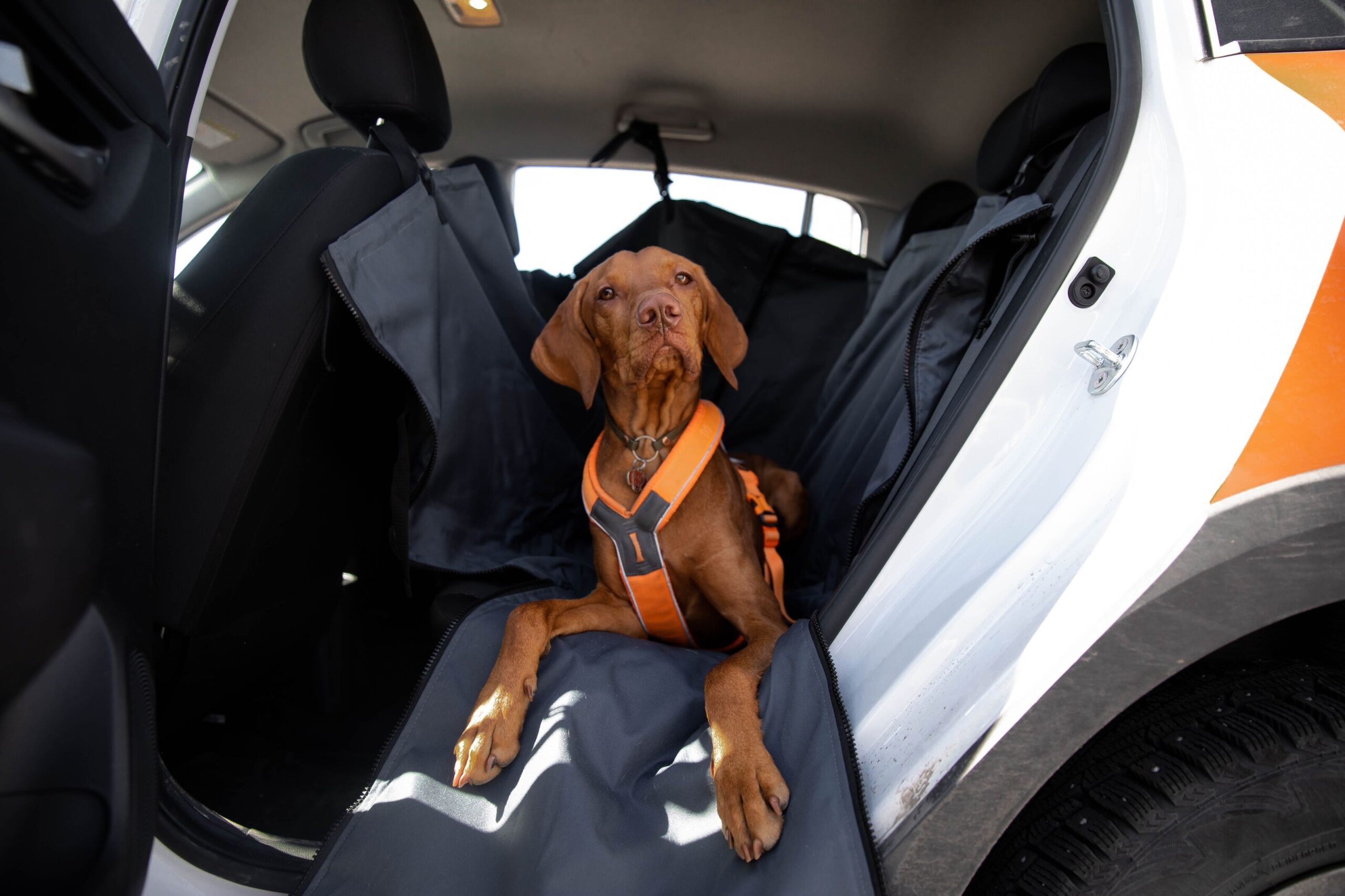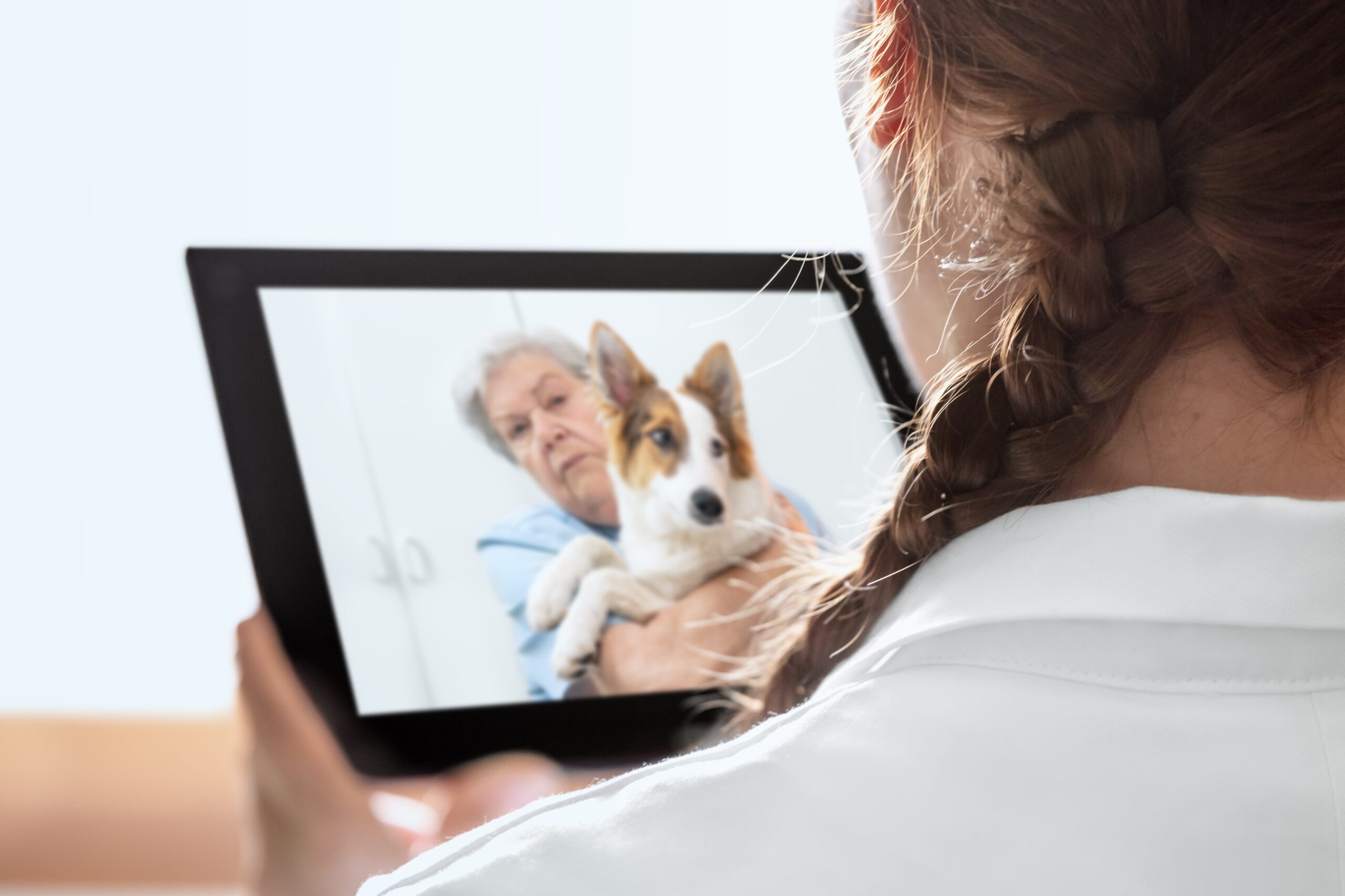Guide dog day – 24th April
Guide dogs can carry out a range of tasks, but they primarily act as a mobility aid. They are trained to identify obstacles and hazards within the environment, enabling their handler to navigate the world safely. A guide dog can provide a visually impaired person with increased independence. This happens due to their ability to alert their handler to risks in the surrounding area. These incredible dogs not only follow a wide range of cues from their handler, but they also learn ‘intelligent disobedience’. This is where they decline cues that could put the handler in danger, such as a request to move forward that would result in stepping out into oncoming traffic.
The use of guide dogs has been documented for hundreds of years, dating as far back as 79CE. A painting of a guide dog handler was discovered during excavations of the Vesuvius eruption in Pompeii, and is believed to be the first representation of this method of support. Today, there are 95 accredited organisations across the world. These work to provide highly trained dogs to a wide range of people with vision impairments.
What makes a good guide dog?
A dog needs to possess the ability to solve problems. They need to be calm and not easily distracted, allowing them to focus on the task in hand. These essential characteristics may be visible in puppies from as young as seven and a half weeks old.
In the UK, Labradors are the most commonly used breed, and male and female dogs are both equally used. UK charity, The Guide Dogs for the Blind Association, breeds up to 1,500 puppies every year. There are an estimated 23,000 guide dogs currently working around the world.
How are they trained?
At eight weeks old, puppies leave their mother to join foster families. These may be referred to as ‘puppy educators’ or ‘puppy raisers’. These families are volunteers, who raise the puppies for 12 to 16 months. During this time, the puppies receive training and socialisation. They are introduced to new sights, sounds and experiences, such as public transport, a range of people, and different environments. They also get used to the handling needed for grooming and health care.
The puppies return to their organisation to go through their formal training, which takes around 20 weeks. During this time, they are taught how to identify obstacles and potential hazards. They learn what to do in these situations in order to keep themselves and their handler safe. All training is based on positive reinforcement, as this is proven to produce dogs who are confident, happy and motivated. This method of training users a marker, such as a pet training clicker, to identify a desirable behaviour. The dog then receives positive reinforcement in the form of a treat, a toy, or praise, which increases the likelihood of them performing the behaviour again.
The potential guide dogs complete their training period when they are around two years old. They undergo an assessment of their skills and successful dogs are then paired with their new handler.
How does someone get matched to their guide dog?
Finding the right dog for an individual handler is a process known as ‘matching’.
Matching a handler to their potential guide dog has been described as both an art and a science. There are a lot of factors taken in to consideration when trying to find the right match. The pace at which the handler and the dog walk needs to be compatible, as does the size of the handler and the dog. The handlers daily activity levels and where they live will also influence the choice of dog.
Once a guide dog and a handler have been matched, they may be referred to as a guide dog team or as a working partnership. The majority of guide dogs work for around eight and a half years, allowing a close relationship to form within the partnership.
What challenges do guide dog teams face?
Interference from people and other dogs is one of the greatest challenges that guide dog teams face while out in public. As many as 89% of handlers have had people distract their dog while working. 78% of handlers have had other dogs approach and disturb their guide dog. If you encounter a guide dog team, don’t allow your dog to approach them. Don’t attempt to pet or interact with the guide dog. Give them space, and allow them to work without distraction. Guide dogs need to concentrate fully on the task in hand and any distraction to the team could be potentially dangerous.
What can I do?
There are lots of ways that you can help guide dog charities:
- Make a charitable donation, sponsor a puppy, or hold a fundraising event.
- Volunteer, or foster a puppy through their early life.
- Adopt a retired dog, or a dog who has been withdrawn from training.
- Remember to behave appropriately around working guide dog team.
